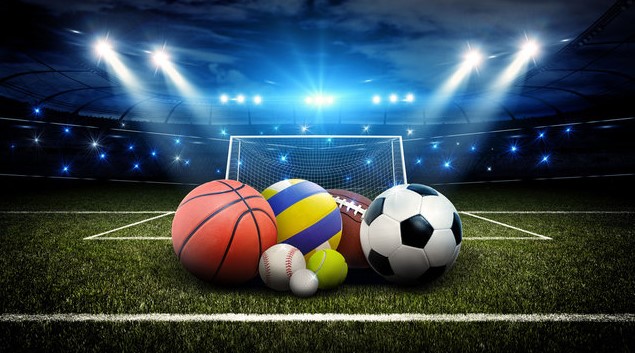Rules And Regulations: Sports have been an integral part of human civilization for centuries, fostering unity, discipline, and competition. However, without rules and regulations, the very essence of fair competition and safety would be compromised. Rules provide a structured framework that ensures fairness, maintains order, and safeguards the well-being of players and officials. This article explores the significance of rules and regulations in sports, their impact on fair play and safety, and how they enhance the overall experience of the game.
The Role Of Rules In Sports

Rules And Regulations: Rules and regulations serve multiple purposes in sports, including:
Ensuring Fair Play – Rules prevent unethical behavior, cheating, and unsportsmanlike conduct.
Enhancing Safety – Proper guidelines protect athletes from injuries and other hazards.
Providing Structure – A well-defined set of rules makes the game organized and enjoyable.
Promoting Equality – Standardized regulations ensure that all participants compete on a level playing field.
Ensuring Fair Play

Rules And Regulations: Fair play is the backbone of any competitive sport. Rules set boundaries for what is acceptable and what is not, ensuring that all players follow the same standards. Without rules, there would be chaos, leading to disputes and unfair advantages. The following table highlights how rules contribute to fair play in different sports:
| Sport | Key Rule for Fair Play | Impact |
|---|---|---|
| Football (Soccer) | Offside Rule | Prevents goal-hanging and encourages strategic play |
| Cricket | LBW Rule | Ensures that batsmen do not unfairly block deliveries |
| Basketball | Shot Clock | Encourages fast-paced play and prevents time-wasting |
| Tennis | Fault and Double Fault Rules | Ensures proper serving technique and fair chances |
| Athletics | False Start Rule | Prevents unfair advantages at the start of a race |
Enhancing Safety

Rules And Regulations: One of the most critical aspects of sports regulations is player safety. Contact sports, in particular, require stringent rules to prevent severe injuries. Safety rules are designed to minimize risks while maintaining the integrity of the game. The table below illustrates how regulations contribute to player safety in different sports:
| Sport | Safety Regulation | Purpose |
|---|---|---|
| American Football | Helmet and Padding Requirement | Protects players from head and body injuries |
| Boxing | Medical Check-ups Before Fights | Ensures fighters are fit and reduces health risks |
| Formula 1 | Crash Helmets and Fireproof Suits | Protects drivers from high-speed crashes and fires |
| Ice Hockey | Mandatory Face Shields | Reduces the risk of facial injuries |
| Rugby | No High Tackles Rule | Prevents dangerous tackles and reduces concussions |
Maintaining Order And Discipline
Rules instill discipline among athletes, coaches, and spectators. They define acceptable conduct and establish consequences for violations. Disciplinary actions such as yellow and red cards in football or technical fouls in basketball help maintain decorum. Without these regulations, games could spiral into chaos, leading to frequent conflicts and disruptions.
Promoting Equality And Inclusion
Sports should be accessible to everyone, regardless of gender, age, or ability. Rules ensure equal opportunities by preventing discrimination and bias. For example:
- Gender Equality: Mixed doubles in tennis promote gender inclusion.
- Age Categories: Age-based classifications in athletics provide fair competition.
- Paralympic Games: Specialized rules allow athletes with disabilities to compete on an equal footing.
Impact Of Technological Advancements On Rules

With advancements in technology, sports regulations have evolved to improve accuracy and fairness. Video Assistant Referee (VAR) in football, Hawk-Eye in tennis, and Decision Review System (DRS) in cricket have revolutionized officiating. These technologies reduce human error and ensure that the correct decisions are made, reinforcing the integrity of the game.
Rules and regulations are the backbone of sports, ensuring fair play, safety, structure, and inclusivity. Without them, competition would lose its credibility, and player safety would be jeopardized. As sports continue to evolve, so do their rules, adapting to new challenges and technological advancements. Ultimately, rules are what make sports both competitive and enjoyable for players and spectators alike.
